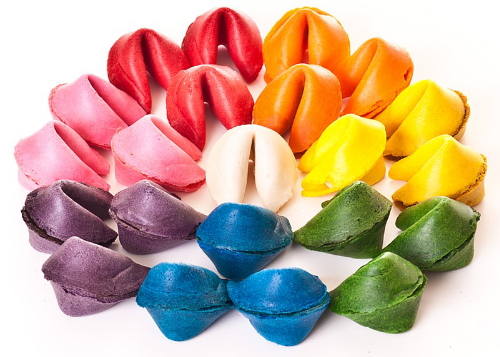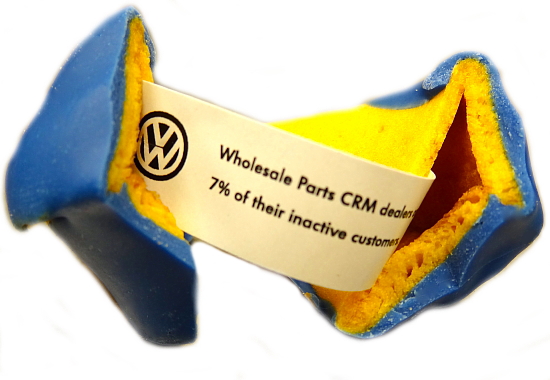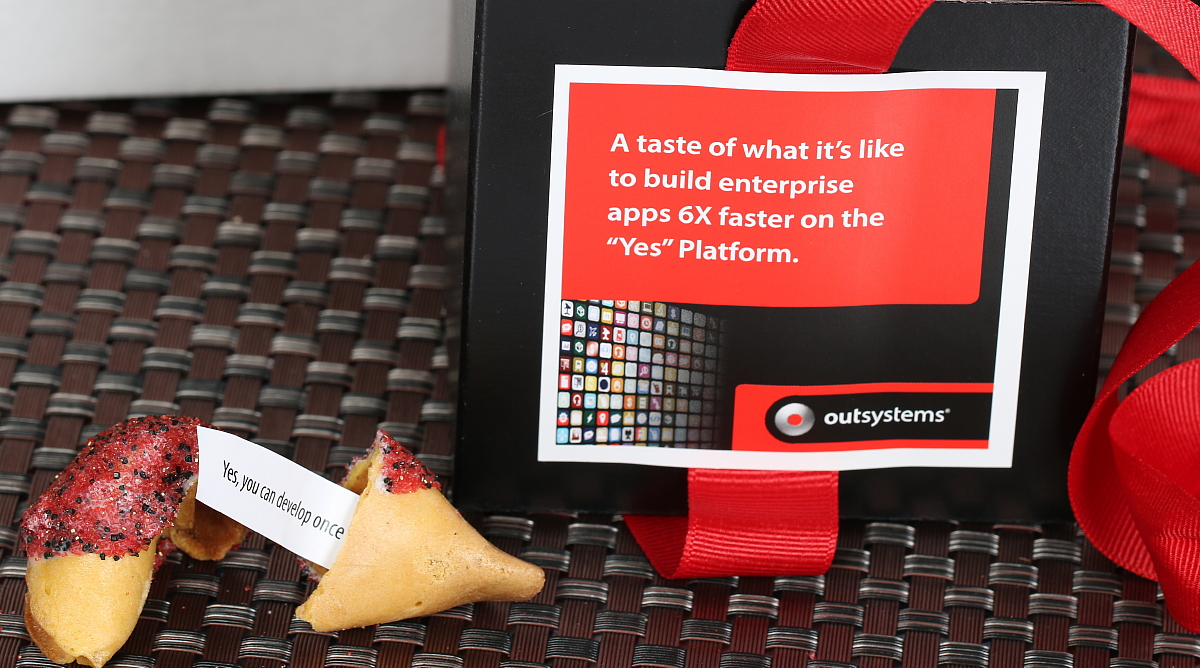|
Fortune Cookie History Fortune cookies have a very unique and mysterious origin. Fortune Cookie HistoryThe Mysterious Origin of the Fortune CookieMuch to most Americans' surprise, the fortune cookie is not a Chinese invention.
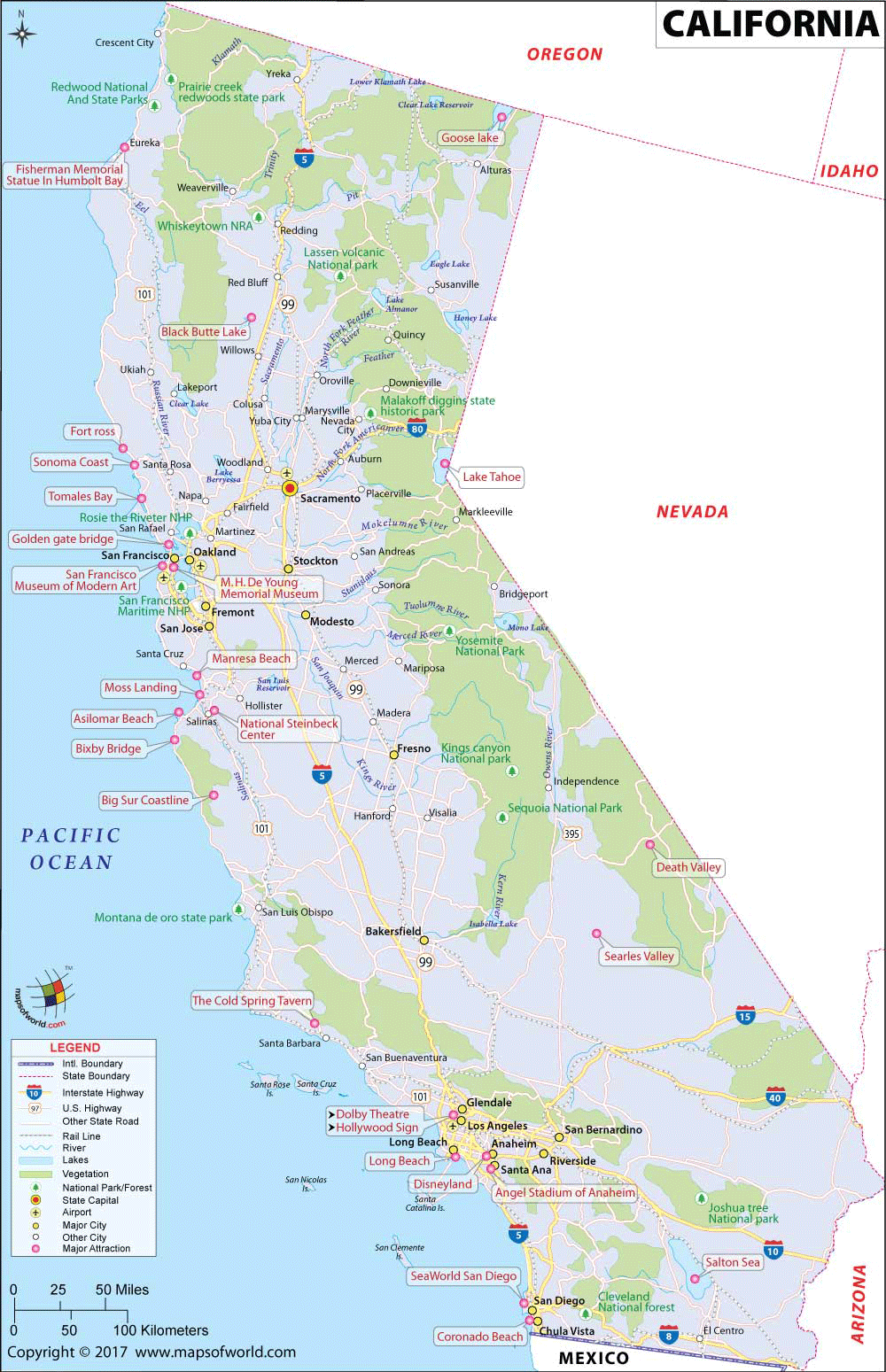 Fortune Cookies Actually Originated in California! Fortune Cookies Actually Originated in California!
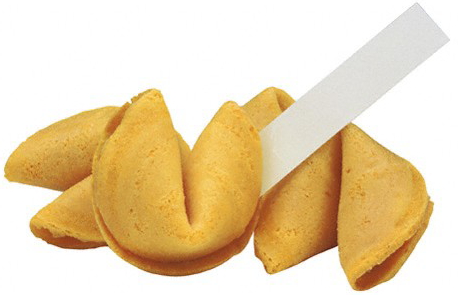 It is actually an American invention originating in California. There are many theories, and much speculation surrounding the mysterious origin of the fortune cookie, regarding in which city the fortune cookie originated and who invented it--Chinese-American, Japanese-American or 14th century revolutionists--there has been much debate. In 1983, there was even a mock trial held in San Francisco's pseudo-legal Court of Historical Review to determine the origins of the fortune cookie. It is actually an American invention originating in California. There are many theories, and much speculation surrounding the mysterious origin of the fortune cookie, regarding in which city the fortune cookie originated and who invented it--Chinese-American, Japanese-American or 14th century revolutionists--there has been much debate. In 1983, there was even a mock trial held in San Francisco's pseudo-legal Court of Historical Review to determine the origins of the fortune cookie.
Legendary History of the Fortune Cookie #1The Chinese immigrant, David Jung, who founded the Hong Kong Noodle Company while living in Los Angeles, invented the cookie in 1918. Concerned about the poor people he saw wandering near his shop, he created the cookie and passed them out free on the streets. Each cookie contained a strip of paper with an inspirational Bible scripture on it, written for Jung by a Presbyterian minister. Legendary History of the Fortune Cookie #2Others claim a Japanese immigrant, Makoto Hagiwara, invented the fortune cookie in San Francisco. Hagiwara, a designer of the famous Japanese Tea Garden in Golden Gate Park, was an avid gardener until an anti-Japanese mayor fired him from his job around the turn of the last century. Later a new mayor did reinstate him. In 1914, to show his deep appreciation to friends who had stood by him during his time of hardship, Hagiwara made a cookie and placed a thank you note inside. After passing them out to those who had helped him, he began serving them regularly at the Japanese Tea Garden. In 1915, they were displayed at the Panama-Pacific Exhibition, San Francisco's world fair. Legendary History of the Fortune Cookie #3In the early 1900s a plan was hatched to transform San Francisco's Chinatown from a ghetto into a cute tourist attraction. San Francisco's Chinatown promised tourists a real Oriental experience. The city promoted their Chinese decorations, pageantry and architecture. Supposedly, increased tourism led to the invention of the fortune cookie to fill the void of a dessert item. To fill the tourists' demands for a dessert, a worker in San Francisco's Kay Heong Noodle Factory invented a plain flat cookie in the 1930s. This plain flat cookie, while still warm, was folded around a little piece of paper on which a hand-written prediction or piece of Chinese wisdom would be found.
Legendary History of the Fortune Cookie #4
Moon Festival became regularly celebrated. Part of that tradition was the passing out of cakes with sayings inside them. It is thought that this legend is what inspired the Chinese 49ers working on the construction of American Railways through the Sierra Nevada to California. When Moon Festival rolled around, they did not have any traditional moon cakes. So out of necessity they improvised with hard biscuits and the Fortune Cookie was born. Legendary History of the Fortune Cookie #5The latest history of the fortune cookie is that it originated in Japan. A wood block image from 1878 shows what seems to be a Japanese street vendor grilling, fortune cookies. They can still be found in certain districts of Kyoto Japan, but are larger and darker than the fortune cookie we are familiar with. They are made with miso paste or sesame and have a savory flavor instead of the sweet, sugar fortune cookie that is readily available in the United States. The fortunes were never put inside the cookies either. Instead, they were tucked into the fold of the fortune cookie on the outside. This may be the earliest fortune cookie to appear in the classic shape.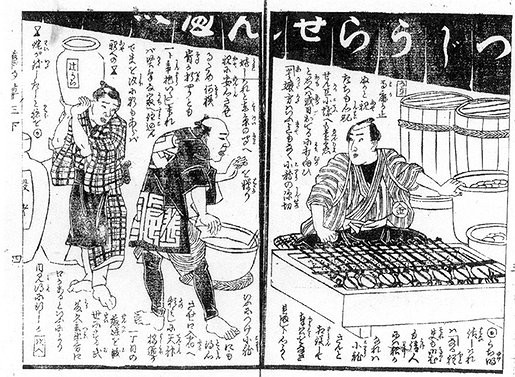
Today's Fortune Cookies
 Fortune Cookies In Fun Colors & Flavors Make a Unique... And Tasty Treat! Fortune Cookies In Fun Colors & Flavors Make a Unique... And Tasty Treat!
Although some people actually like the texture and flavor of standard restaurant fortune cookies, most people consider the fortune to be the essence of the cookie. Early fortunes featured Biblical sayings, or aphorisms from Confucius, Aesop, or Ben Franklin. Later, fortunes included recommended lottery numbers, smiley faces, jokes, and sage, if hackneyed, advice. Politicians have used them in campaigns, and fortunes have been customized for weddings and birthday parties.
Since 1988, fortune cookies have become a valuable marketing and direct mail tool used by fortune 500 companies such as, Motorola, FedEx, Apple, Starbucks, MAC, Mariott, Johnson & Johnson, Guess, Ashley Furniture, Sony, Honda, Lilly, Pfizer, Blue Cross Blue Shield, Bank of America, GM, AT&T, Google, Twitter and many more.
|
Follow Our Cookies From Sea To Shining Sea
Like Us On Facebook!
Our Customers Love us!
"Our clients loved them and it was a great way for us to deliver our messaging! The fortune cookies were a real hit around the office and they wanted to know where they could order more. As a result, we've ordered additional custom fortune cookies to take on sales calls to our other clients."
- Christine Leung, People Magazine
"Your fortune cookies were absolutely perfect for our birthday party! My brother even got a little choked up when he saw the personalized messages inside."
- Becky Johnson, Dallas TX
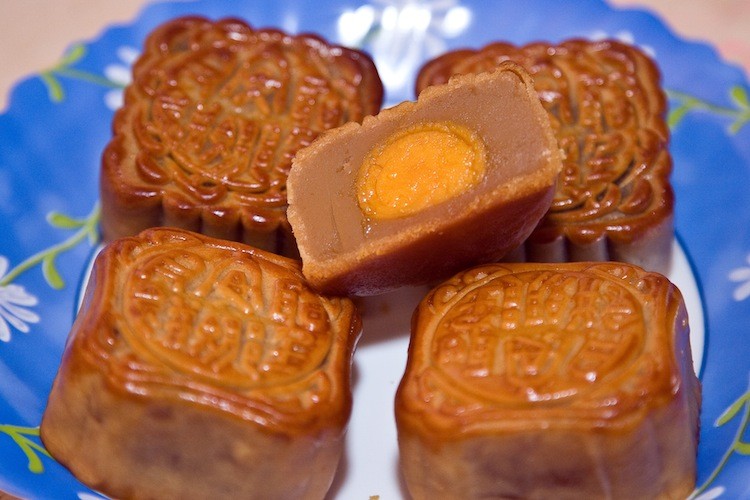 During the 13th and 14th centuries, China was occupied by Mongols. The story goes that the Mongols had no taste for Lotus Nut Paste. So, the Chinese people hid sayings inscribed with the date of their revolution inside the Moon Cakes where the yolk would typically reside. Under the disguise of a Taoist priest, patriotic revolutionary Chu Yuan Chang, entered occupied walled cities to hand out Moon Cakes to other revolutionaries. These instructions coordinated the uprising that successfully allowed the Chinese people to form the basis of the Ming Dynasty.
During the 13th and 14th centuries, China was occupied by Mongols. The story goes that the Mongols had no taste for Lotus Nut Paste. So, the Chinese people hid sayings inscribed with the date of their revolution inside the Moon Cakes where the yolk would typically reside. Under the disguise of a Taoist priest, patriotic revolutionary Chu Yuan Chang, entered occupied walled cities to hand out Moon Cakes to other revolutionaries. These instructions coordinated the uprising that successfully allowed the Chinese people to form the basis of the Ming Dynasty.
